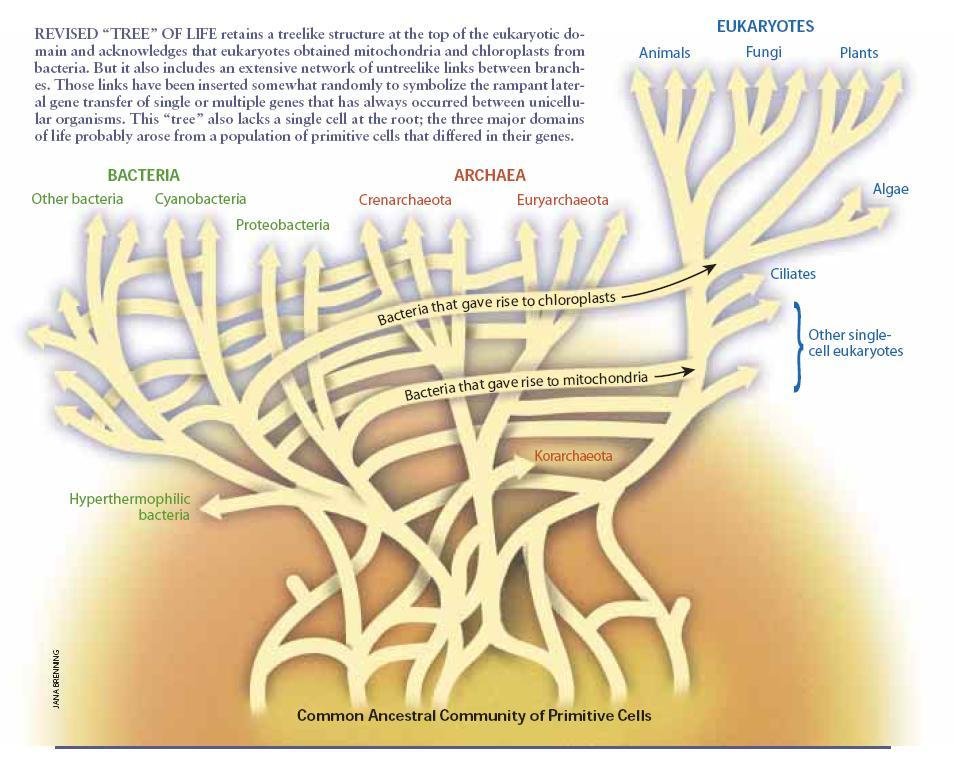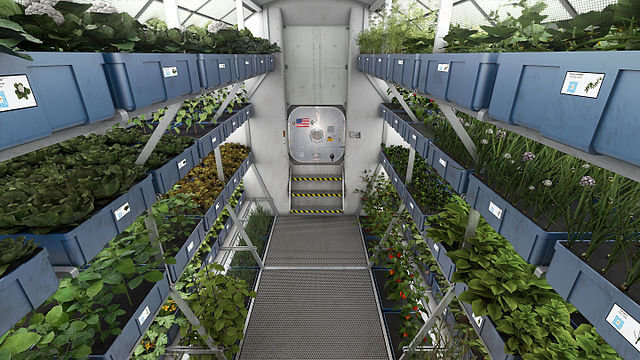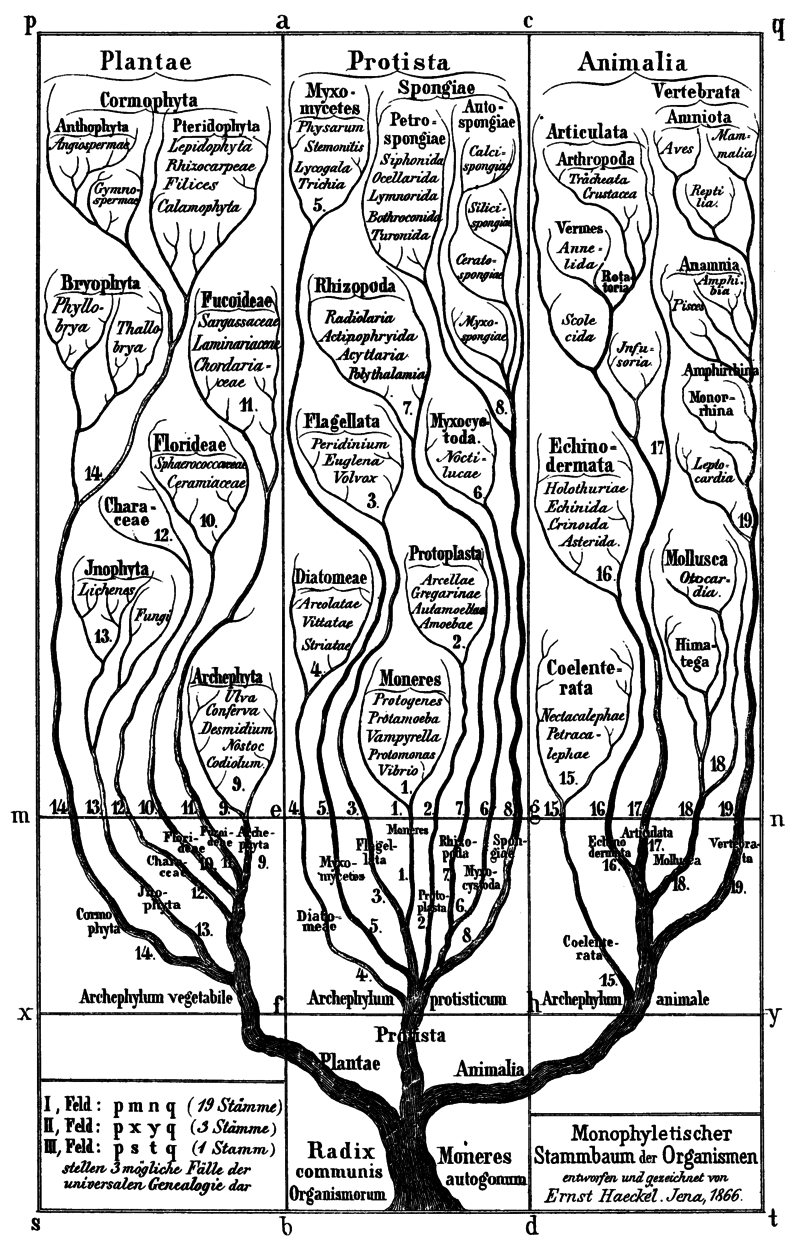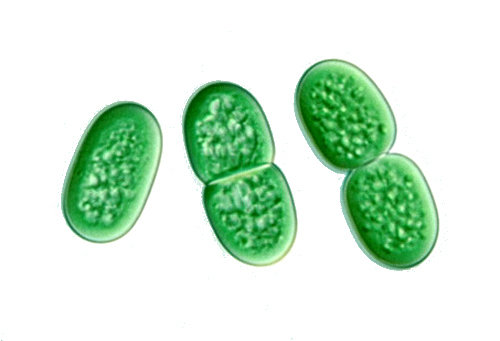Biology Department, StFX (May 2nd, 2022)
Jesse McNichol (he/him) : PhD, Biological Oceanography
Postdoctoral Scholar, University of Southern California
Mechanisms of DNA Transfer in Prokaryotes
(Biology 115, Our Microbial Planet)


Roadmap for today's class
- Think-pair-share activity to set stage
- Vertical vs. horizontal gene transfer (HGT)
- HGT is a process
- HGT, human health, and the environment
- Long versus short-range HGT
- Summary group worksheet
- Clicker questions, short discussions/responses
- Think-pair-share activity to set stage
- Vertical vs. horizontal gene transfer (HGT)
- HGT is a process
- HGT, human health, and the environment
- Long versus short-range HGT
- Summary group worksheet
- Clicker questions, short discussions/responses
Roadmap for today's class
-
You are part of a colonization mission to Mars and need food crops adapted to low light, radiation, Martian soil, etc
- How to do this?


Think-pair-share

Take 2 minutes to think, then discuss for 2 minutes:
- What limits speed & effectiveness of natural plant breeding?
- How could you improve / speed it up?


Think-pair-share

Take 2 minutes to think, then discuss for 2 minutes:
- What limits speed & effectiveness of natural plant breeding?
- Full life cycle is slow
- Existing crop diversity may not be enough
- How could you improve / speed it up?
- Genetic engineering (larger selection of genetic material, speed up by "skipping" full life cycle)
An analogy for horizontal gene transfer in prokaryotes


Think-pair-share
Learning objectives
-
Describe the difference between vertical DNA inheritance and horizontal gene transfer and the 3 major mechanisms
-
Explain how HGT is modulated by natural stress responses, mechanisms to degrade foreign DNA, and natural selection
-
Describe at least one specific example of HGT and the implications for human health / society / the environment
-
Differentiate between “short-range” HGT (genome-shuffling) and “long-range” HGT and explain which of the 3 mechanisms could cause either
-
What is the difference between vertical DNA inheritance and horizontal gene transfer? What are the 3 major mechanisms of HGT?
-
How is HGT modulated by natural stress responses, mechanisms to degrade foreign DNA, and natural selection?
-
What impact does HGT have on human health / society / the environment? Describe one example.
-
What is the difference between “short-range” genome-shuffling and “long-range” HGT? Which of the 3 major mechanisms could be responsible for each?
Learning objectives => Guiding questions
Guiding questions
-
What is the difference between vertical DNA inheritance and horizontal gene transfer? What are the 3 major mechanisms of HGT?
-
How is HGT modulated by natural stress responses, mechanisms to degrade foreign DNA, and natural selection?
-
What impact does HGT have on human health / society / the environment? Describe one example.
-
What is the difference between “short-range” genome-shuffling and “long-range” HGT? Which of the 3 major mechanisms could be responsible for each?
Vertical vs. horizontal


Transfer from parent/ancestor = vertical gene transfer
Transfer between organisms = horizontal gene transfer (HGT / LGT)

HGT & vertical inheritance
C) 3 is true
B) 2 is true
A) 1 is true
- Horizontally-transferred genes by definition cannot be transferred vertically from ancestors
- Once incorporated into a genome, genes that arrived from HGT may then be transmitted vertically
- Horizontal gene transfer can only be passed on vertically if the gene in question is beneficial

HGT & vertical inheritance





Genes acquired by HGT can be inherited vertically. They may persist even if neutral / slightly deleterious.
C) 3 is true
B) 2 is true
A) 1 is true
- Horizontally-transferred genes by definition cannot be transferred vertically from ancestors
- Once incorporated into a genome, genes that arrived from HGT may then be transmitted vertically
- Horizontal gene transfer can only be passed on vertically if the gene in question is beneficial
HGT & vertical inheritance
HGT: 3 main mechanisms

- Conjugation: Exchange of genes through physical contact (Fertility "F" factor for compatibility)
- Transduction: Virus-dependent transfer of microbial genes
- Transformation: Direct uptake of DNA from the environment using specialized enzymes
Guiding questions
-
What is the difference between vertical DNA inheritance and horizontal gene transfer? What are the 3 major mechanisms of HGT?
-
How is HGT modulated by natural stress responses, mechanisms to degrade foreign DNA, and natural selection?
-
What impact does HGT have on human health / society / the environment? Describe one example.
-
What is the difference between “short-range” genome-shuffling and “long-range” HGT? Which of the 3 major mechanisms could be responsible for each?
HGT is a process
1. Transfer
2. Entry
3. Incorporation
4. Persistence
Donor genome
Recipient genome

HGT is a process

1. Transfer
(+) Active production
(+) Mobile elements
2. Entry
(+) Stress induction
(-) Viral resistance
3. Incorporation
(-) DNA degradation
(+) HGT "hot spots"
4. Persistence
(+/-) Natural selection
Donor genome
Recipient genome
Guiding questions
-
What is the difference between vertical DNA inheritance and horizontal gene transfer? What are the 3 major mechanisms of HGT?
-
How is HGT modulated by natural stress responses, mechanisms to degrade foreign DNA, and natural selection?
-
What impact does HGT have on human health / society / the environment? Describe one example.
-
What is the difference between “short-range” genome-shuffling and “long-range” HGT? Which of the 3 major mechanisms could be responsible for each?
Implications of HGT


Evolution, biogeochemistry

Human health, environment
HGT example - antibiotic resistance

1. Transfer
(+) Mobile elements
2. Entry
(+) Stress induction
3. Incorporation
(+) HGT "hot spots"
4. Persistence
(+) Natural selection
Donor genome
Recipient genome

Short writing response (2 minutes): Summarize how HGT leading to antibiotic resistance is promoted at each step.
Guiding questions
-
What is the difference between vertical DNA inheritance and horizontal gene transfer? What are the 3 major mechanisms of HGT?
-
How is HGT modulated by natural stress responses, mechanisms to degrade foreign DNA, and natural selection?
-
What impact does HGT have on human health / society / the environment? Describe one example.
-
What is the difference between “short-range” genome-shuffling and “long-range” HGT? Which of the 3 major mechanisms could be responsible for each?
Short vs. long-range HGT

short range
long range
In pairs, discuss for 2 minutes:
Do you think long or short-range HGT is more common, and why?
DNA similarity and HGT

- As evolutionary distance increases, HGT is less likely
- Homologous recombination = mixing based on DNA similarity
- Results in gene "shuffling"
(log10 scale, i.e. 10-fold differences)
Short-range gene shuffling

Donor genome
Recipient genome



Gene in donor (Queen of diamonds)
- Transferred by HGT
Homologous gene in recipient (Queen of spades)
- Replaced with similar / identical function
Long-range gene transfer

Donor genome
Recipient genome
Donor gene not present in recipient (Knave of coins)
- Transferred by HGT
Recipient incorporates non-homologous gene
- Gain of new function (fate depends on selection)


Group worksheet (3-4 people; 5 min discuss / 3 min write)
A)
B)
For each group of HGT events, annotate:
- Frequency (common / rare)
- Distance of transfer (short / long)
- Which of the 3 main mechanisms could be responsible?


Short vs. long-range HGT


All 3 mechanisms
Transduction, transformation
short range shuffling (common)


long range gain of function (rare)

Learning objectives for review
-
Describe the difference between vertical DNA inheritance and horizontal gene transfer and the 3 major mechanisms (slides 9-15)
-
Explain how HGT is modulated by natural stress responses, mechanisms to degrade foreign DNA, and natural selection (slides 16-18)
-
Describe at least one specific example of HGT and the implications for human health / society / the environment (slides 19-21)
-
Differentiate between “short-range” HGT (genome-shuffling) and “long-range” HGT and explain which of the 3 mechanisms could cause either (slides 22-28)
Next time: HGT and evolution

Prokaryotes:
- Evolution of novel lineages
- Pangenomes


Eukaryotes:
- Endosymbiotic gene transfer
- Origin and diversification

Closing thought
Prokaryotes live in a world where plasmids hop around without respect to systematic categories, where individual cells are outnumbered 10:1 by ...[viruses] that can enter their bodies and insert new genes; they live in a world where some individuals, faced with a stressful life situation, cut up their genomes into a thousand little pieces, package the ... pieces in protein and toss them into the environment as gene transfer agents (GTAs) “in hope” that “someone" will be able to use them. Fortunately, daily human experience is devoid of analogous processes: we are not constantly surrounded by ten grape-sized gene injectors that are out to convert our internal organs into intruder copies, and when we feel stressed, we do not saw off our toes and offer them to our neighbors.” —Martin 2011
Closing thought
Vital physiological processes... do not map simply to the [tree of life]* but are patchily distributed along its branches... We have in fact, ...come to accept that many ... genes have been transferred across species, phylum, or even domain boundaries.” —Boucher et al 2003

*i.e. Woese's 3-domain tree
Class timing

Course context

Lesson plan

Lesson plan

Integrating concepts : Debate
-
In groups of 4+, using today's content, debate whether microbial species exist:
- No: The tree of life is a web, and it doesn't make sense to think about microbial species
- Yes: HGT is rare enough and biased towards transfers from relatives so species still exist
5 minute debate, 3 minutes to fill out worksheet



Debate worksheet

Conclusion



-
Do microbial species exist?
- It depends on what you mean by species!
- History of life has both tree and web-like structure
- Selection / speciation occurs, but HGT provides speedy access to diverse material
Ecology drives speciation
Isolation drives speciation
Modern understanding of microbial speciation
References:
Speciation diagram:
- Andrew Z. Colvin (en.wikipedia.org/wiki/User:Azcolvin429)
Genome size diagram:
- T. R. Gregory, “CHAPTER 1 - Genome Size Evolution in Animals” in The Evolution of the Genome, T. R. Gregory, Ed. (Academic Press, 2005), pp. 3–87.
Other references:
-
A. Spang, T. J. G. Ettema, Microbial diversity: The tree of life comes of age. Nat Microbiol 1, 16056 (2016).
-
H. Imachi, et al., Isolation of an archaeon at the prokaryote–eukaryote interface. Nature, 1–7 (2020).
-
S. J. Sibbald, J. M. Archibald, More protist genomes needed. Nature Ecology & Evolution 1, 1–3 (2017).
-
D. Hutchins, Plastic plankton prosper. Nature Climate Change 3, 183–184 (2013).
Other images: Own work / Wikimedia commons / Duckduckgo image search
Similarities to speciation in eukaryotes
Prokaryote gene flow:
- Horizontal gene transfer
- Direct exchange of DNA between cells
Eukaryote gene flow:
- Sexual reproduction
- Two organisms merge gametes

- Barriers to gene flow stop genetic "shuffling"
- Without "shuffling", genomes accumulate changes and diverge